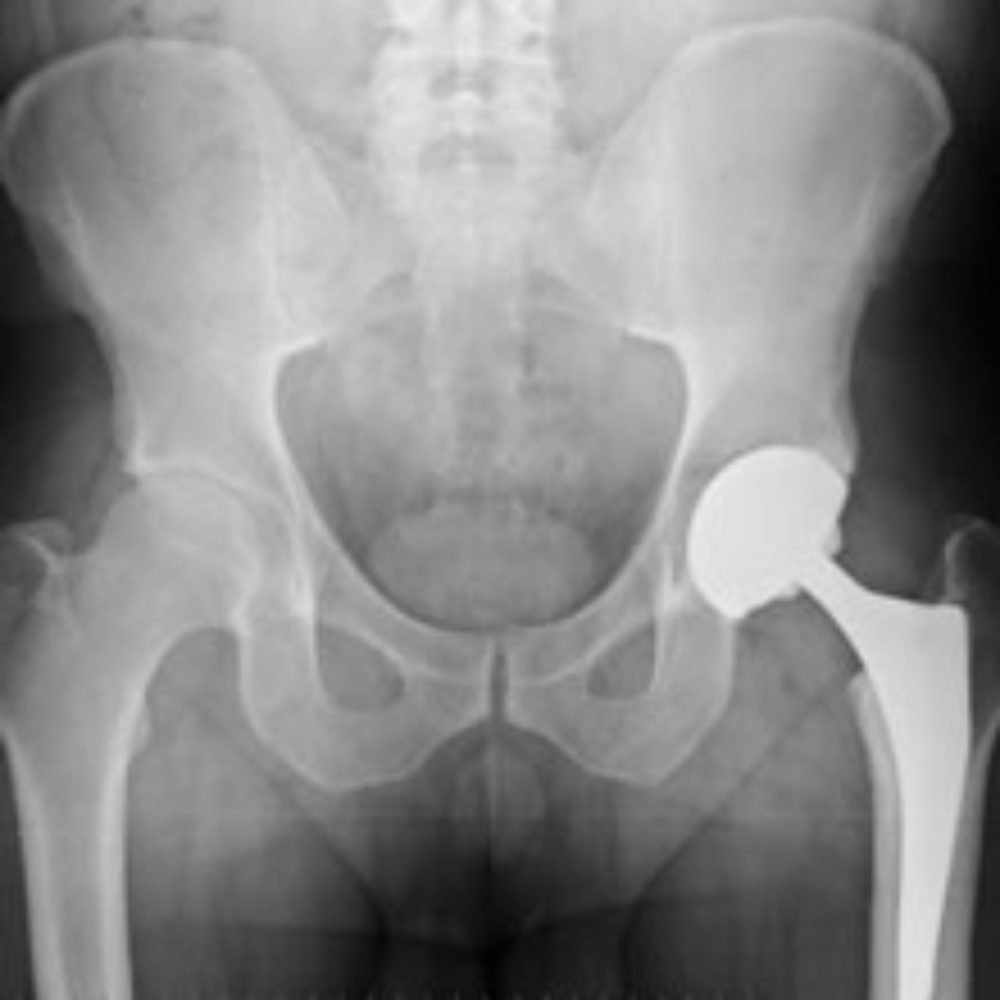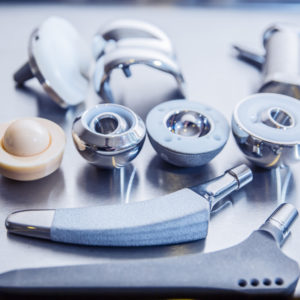J&J Knew About Metal Hip Problems 2 Years Before DePuy Recall: Report

As more information comes to light in advance of the first trial over problems with a DePuy ASR hip replacement, it is now being reported that Johnson & Johnson may have known about the risks associated with the metal-on-metal hip system long before the implant was removed from the market.
Documents that were recently made public as part of a product liability trial scheduled to begin this week appear to suggest that DePuy Orthopaedics, a Johnson & Johnson subsidiary, knew about the ASR hip problems at least two years before a recall was issued and a year before the company stopped marketing the artificial hip implant for use in patients.
Unlike traditional hip implants, the DePuy ASR featured an all-metal chromium and cobalt design. After more than 90,000 of the implants were sold, Johnson & Johnson discontinued the DePuy ASR in 2009 and recalled the artificial hip in August 2010, indicating that data suggested between 12% and 13% of the artificial hips were failing within five years.

Learn More About
Lawsuits are being reviewed for several different dangerous and defective hip replacement systems.
Learn More About this Lawsuit See If You Qualify For CompensationTrial Set to Begin Over Metal-on-Metal Hip Problems
The DePuy metal hip problems are believed to occur as debris is shed into the body when the metal parts rub against each other, which could result in metal blood poisoning or metallosis, increasing the risk of the device loosening or failing, according to allegations raised in lawsuits filed by individuals throughout the United States.
More than 10,000 DePuy ASR hip lawsuits have been filed against Johnson & Johnson, with the first trial scheduled to begin on Friday in California Superior Court in Los Angeles, involving a complaint filed by Loren and Sheryl Kransky, which was given an expedited trial date because Loren is suffering a terminal cancer.
According to a report by the New York Times earlier this week, recently released documents also suggest that an internal analysis by the medical device maker suggested the DePuy ASR failure rate was actually closer to 37%, which is substantially higher than consumers have previously been led to believe.
The Wall Street Journal now reports that documents unsealed last week in the Kransky lawsuit also indicate that the manufacturer was aware of the potential DePuy metal hip problems by at least 2008, when Johnson & Johnson officials were reportedly given clinical data that showed extreme amounts of metal ions in patients who were implanted with the metal-on-metal hip replacement system. However, the company did not stop selling the device until 2009.
At trial, plaintiffs are expected to argue that the manufacturer knew or should have known that the metal-on-metal hip design was inherently dangerous and defective, as increased the levels of cobalt and chromium in the blood can cause soft tissue damage, bone damage and catastrophic implant failure.
The FDA confirmed many of those assertions earlier this month, when the agency released new guidance for metal-on-metal hip replacements. The agency told doctors that metal-on-metal hip replacement systems should only be used if other artificial hip implants were not appropriate, and called on manufacturers to prove that their implants were safe enough to stay on the market. Future metal-on-metal hip designs will have to undergo extensive human clinical trials before being made available for sale, the FDA decreed.
Get more articles like this sent directly to your inbox.
"*" indicates required fields






0 Comments